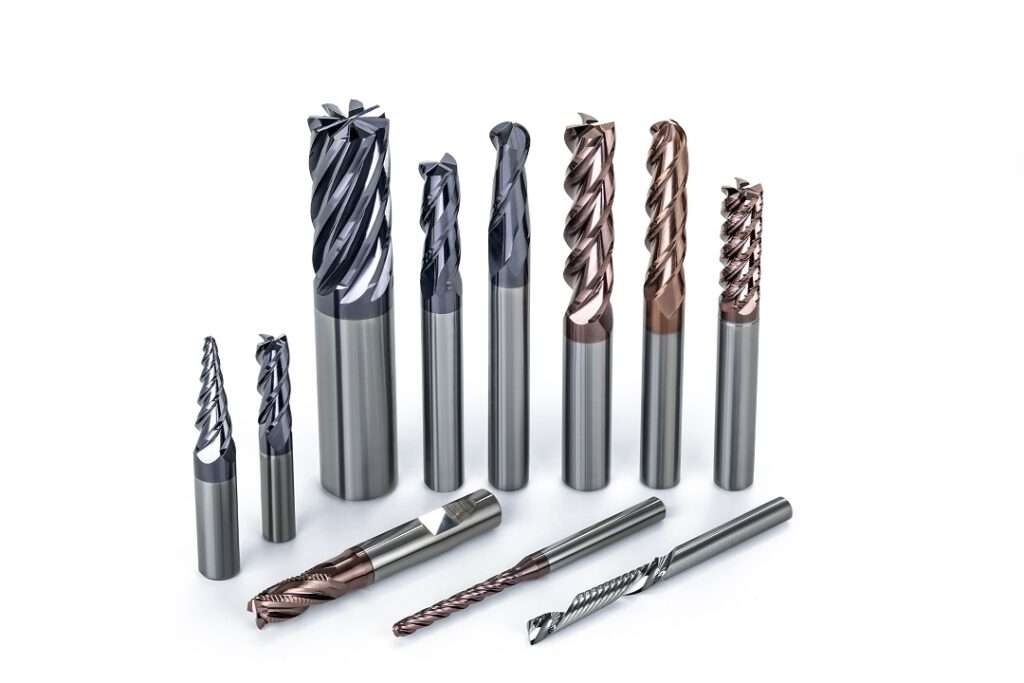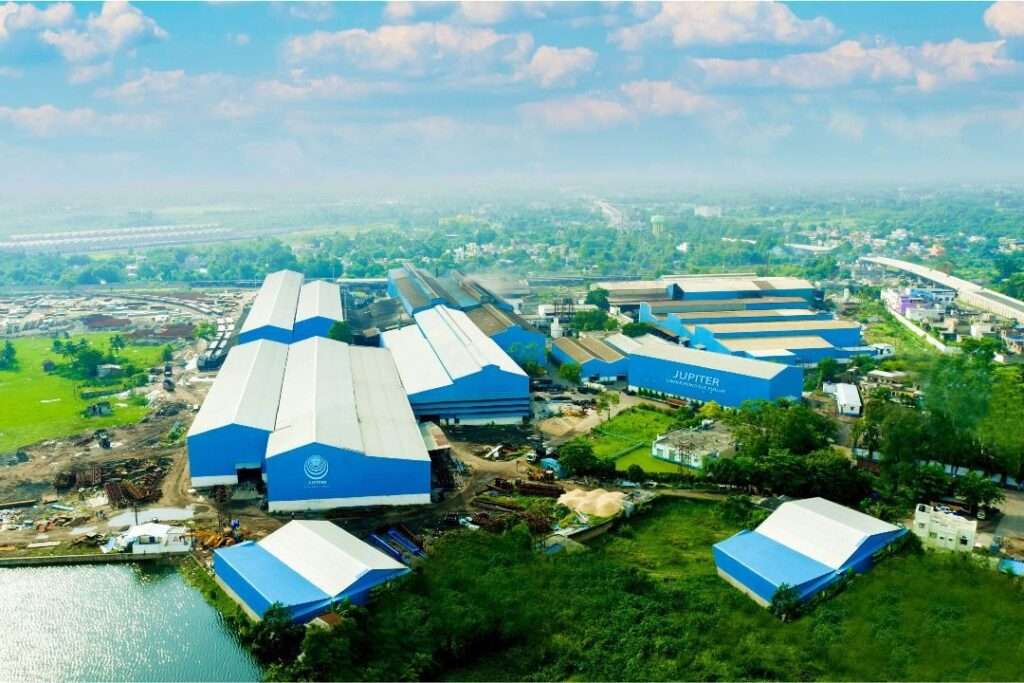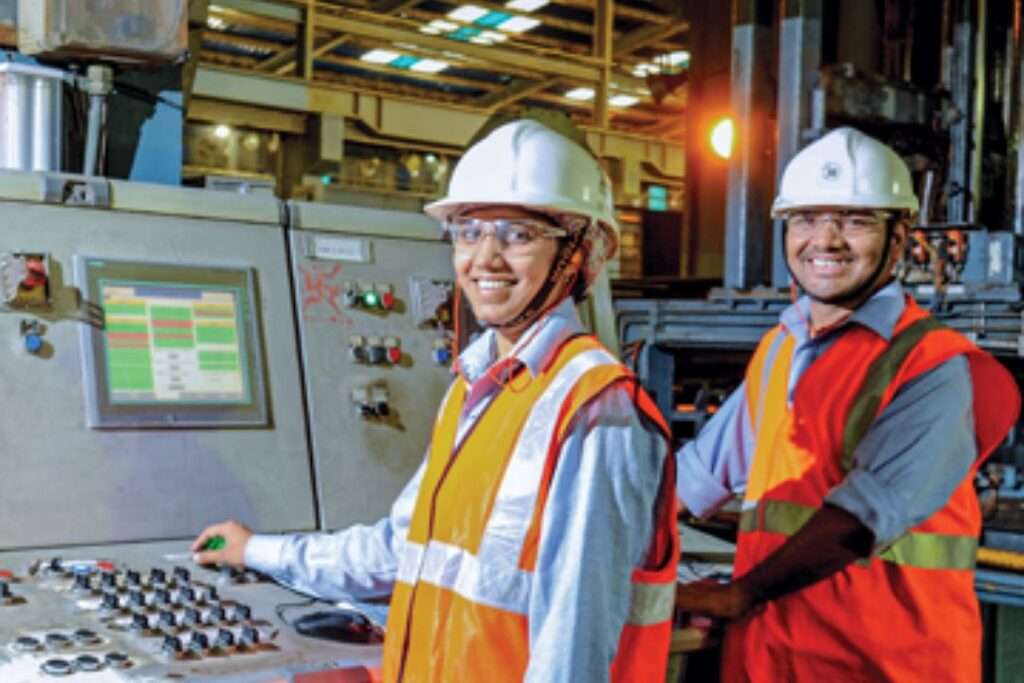Agriculture and Manufacturing are the backbones of any country’s economy. India, being the second most populous country in the world, has the potential to be a superpower in the world economy by revitalizing its agriculture and manufacturing sectors. In this article, we will discuss why agriculture and manufacturing are the keys to building India into a super economy and how we can achieve this goal.
India has the potential to be a superpower in the world economy, with its vast resources and a large and growing population. However, for this to be realized, it is crucial to building a strong and self-reliant economy. Agriculture and manufacturing are two key sectors that can play a crucial role in this process. In the past, India had a rich and vibrant agricultural sector, and its manufacturing industry was seen as a source of innovation and growth.
However, with changing lifestyles and a lack of investment in these sectors, India has become dependent on imports for its food and industrial needs. In this article, we will explore how agriculture and manufacturing can be revitalized to drive economic growth in India, and what steps need to be taken to achieve this goal.
Revitalizing India’s Agricultural Roots: The Path to Self-Reliance
Indeed, agriculture has been a source of pride for India since ancient times. During ancient times, India was known for its rich soil and favourable climate, which made it one of the leading producers of spices such as pepper, cardamom, and cinnamon. These spices were so highly sought after that traders and invaders from far and wide came to India to trade for them. This reputation for agricultural excellence is a testament to the country’s rich agricultural heritage and its potential to once again become a leading producer of agricultural products.
However, in recent times, the perception of agriculture has changed, and the number of young people interested in taking up farming as a career has decreased. This can be attributed to the changing lifestyle of people, as well as the perception that farming is a hard and uninteresting sector that involves working in the soil and dirt. Many young people today see farming as a low-income and low-status profession, and as a result, they are reluctant to pursue it as a career. This has led to a decline in the number of farmers and a decrease in the productivity of the agriculture sector.

To reverse this trend, it is important to change the perception of agriculture and make it a more attractive career option for young people. This can be done by educating them about the opportunities and benefits that the sector provides, as well as by providing better working conditions, training, and support to farmers. By doing so, the government can help ensure the sustainability of the agriculture sector and the future of food security in the country.
To make agriculture a viable career option, the government needs to invest in modernizing the sector by introducing automation and smart farming techniques. This will not only make farming more efficient but also help increase the income of farmers. Collaborating with academic institutions to conduct research and development in agriculture will also help bring new and innovative farming techniques to the market. In order to realize this potential, it is essential that India revitalizes its agriculture sector and returns to its roots as a major producer of agricultural products. By introducing modern techniques and technology, the government can help make farming more efficient and increase the income of farmers.
Reigniting the Flames of Manufacturing: Overcoming Hurdles and Building a Strong Industry
In the manufacturing sector, India has faced numerous challenges over the years, including the so-called “Licence Raj” in the post-independence era. The Licence Raj was a complex system of licenses, permits, and regulations that made it difficult for entrepreneurs to start and run a manufacturing business. The system created hurdles for entrepreneurship and stifled innovation, as businesses were required to navigate a maze of red tape and bureaucratic procedures in order to secure the necessary approvals and sanctions.
Unfortunately, the legacy of the Licence Raj still affects the Indian bureaucracy today, as the approval and sanctioning process for new projects and businesses can still be slow and cumbersome. This has made it difficult for entrepreneurs to establish new manufacturing businesses and has hindered the growth of the sector.
Moreover, there is a perception in India that business people are seen as “money-mongers” rather than value-adding providers. This perception is deeply ingrained in the minds of many Indians and has created a negative image of entrepreneurs and business people. This is unfortunate, as entrepreneurs are one of the four resources of the economy and play a vital role in driving economic growth and creating jobs.
To address these challenges and unlock the full potential of the manufacturing sector, it is essential that the government takes steps to ease the approval and sanctioning process for new projects and businesses. Additionally, there is a need to change the negative perception of entrepreneurship and business people in India and recognize the important role that they play in the economy. The Make in India and Ease of Doing Business initiatives launched by Prime Minister Narendra Modi are some important steps in the right direction and have already begun to make a positive impact on the sector.
Manufacturing has never been a strong point for India. However, with the implementation of initiatives like Make in India and Ease of Doing Business, the manufacturing sector is experiencing growth. By removing the hurdles faced by entrepreneurs in obtaining licenses, the government has made it easier for them to set up businesses. This has helped increase the number of new businesses in the manufacturing sector and has created jobs for the unemployed.
To further strengthen the manufacturing sector, the government should encourage collaboration between academic institutions and industry. This will help bring new ideas and technology to the market, which will in turn increase the competitiveness of Indian products in the global market.
Agriculture and Manufacturing are the keys to building India into a super economy. By modernizing the agriculture sector, increasing the number of young people interested in farming, and collaborating with academic institutions, the government can help make agriculture a viable career option. By making it easier for entrepreneurs to set up businesses in the manufacturing sector and encouraging collaboration between academia and industry, the government can help increase the competitiveness of Indian products in the global market. To achieve this goal, a vision and a plan of action are necessary, starting with educating the next generation about the importance of these sectors.







